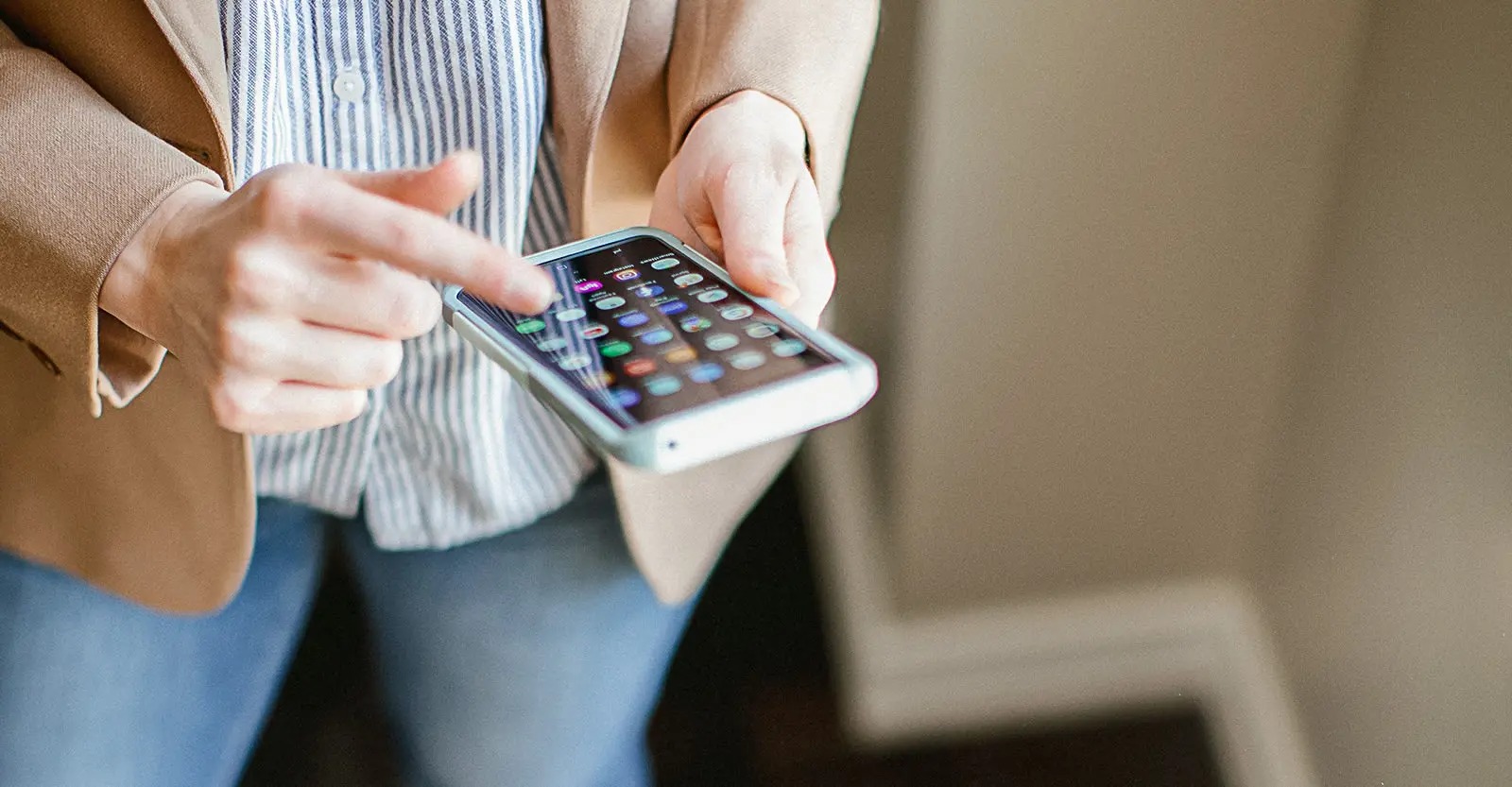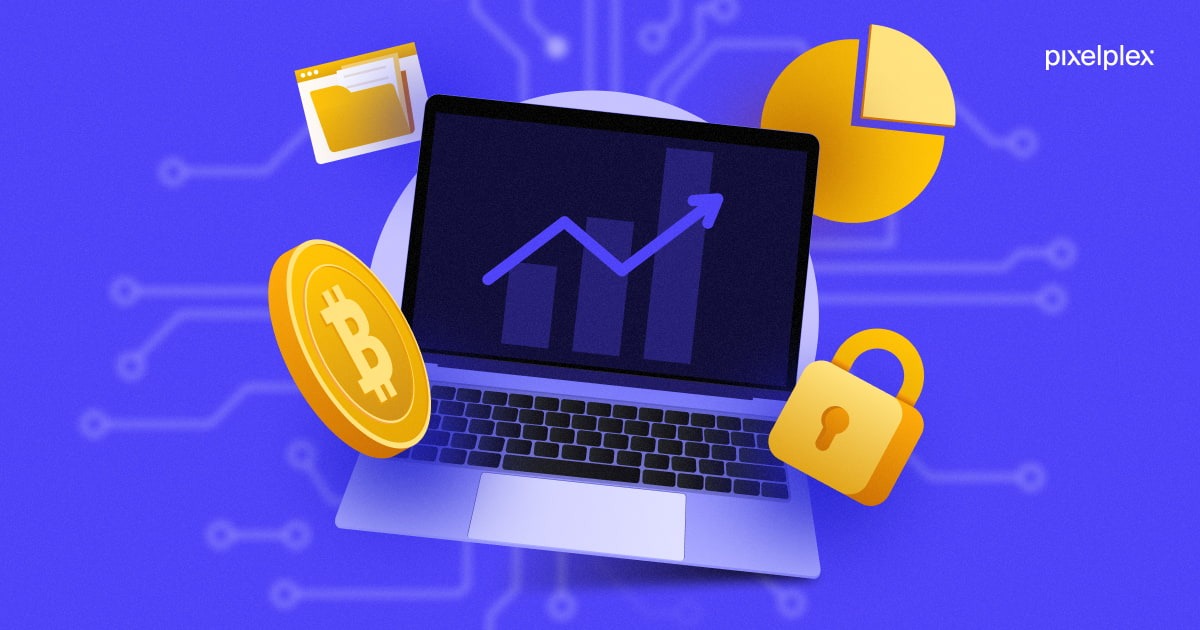The Early Days: Phones That Just Called (1980s–1990s)
Problem then: Communication was limited and inconvenient.
The earliest mobile phones were bulky, expensive, and mainly used for voice calls. The iconic Motorola DynaTAC, released in 1984, was the size of a water bottle and had a battery life of 30 minutes. No apps. No camera. Just the thrill of making a call without a cord.
In the 1990s, phones became slightly smaller and gained features like SMS (text messaging). But they were still primarily communication devices, not digital assistants.
The Rise of Smart Features (2000–2006)
Turning point: Phones started doing more than calls and texts.
In the early 2000s, phones began integrating calendars, cameras, and basic internet access. The Nokia 6600, BlackBerry devices, and Palm Treo became popular among business users. These weren’t “smartphones” as we know them — but they laid the groundwork.
Key advancements:
-
QWERTY keyboards for emailing on the go.
-
Cameras for casual snapshots (1–2 megapixels, grainy by today’s standards).
-
Basic app ecosystems, mostly for enterprise use.
The Game-Changer: iPhone and the App Revolution (2007–2012)
Problem solved: Users wanted one device for everything — calls, music, photos, internet, and more.
When Apple launched the first iPhone in 2007, it wasn’t just about the touchscreen — it was about reimagining what a phone could be. No more styluses, no clunky keyboards — just your finger and an intuitive interface.
What changed everything:
-
App Store (2008): Suddenly, third-party developers could build tools for everything from gaming to banking.
-
Touch-first design: Made phones accessible to everyone, not just tech-savvy users.
-
Internet in your pocket: Browsing became normal, not a chore.
This era marked the true birth of the modern smartphone.
The Maturity Phase: Cameras, Power, and Ecosystems (2013–2020)
Problem addressed: People needed better performance, connectivity, and integration.
During these years, smartphones became faster, thinner, and smarter. Android caught up with iOS, and both ecosystems matured with millions of apps and deep integration across devices.
What defined this phase:
-
Camera wars: Phones like the iPhone X, Google Pixel, and Huawei P30 Pro turned phones into serious photography tools.
-
Biometrics: Fingerprint scanners and face recognition improved security.
-
Cloud integration: Photos, documents, and even calls moved seamlessly between devices.
-
AI and voice assistants: Siri, Google Assistant, and Alexa entered the chat.
Tip for users back then: Choosing a smartphone became more about ecosystem compatibility (Apple vs. Android) than raw specs.
Where We Are Now (2021–2025): Foldables, AI, and Personalization
Problem we face today: How do we balance power, convenience, and screen size?
Modern smartphones are marvels of engineering — combining pro-level cameras, lightning-fast chips, and OLED displays into slim bodies. But we’re also seeing the limits of “standard” phone design.
Recent trends:
-
Foldable phones: Samsung’s Galaxy Z series and Motorola’s Razr are pushing new form factors for multitasking and portability.
-
On-device AI: Phones now transcribe, translate, and even summarize text locally.
-
Sustainability and repairability: Fairphone and Apple’s self-repair programs aim to make phones last longer.
Practical advice: When buying a phone today, focus on what matters to you:
-
Camera quality? Go with Google Pixel or iPhone Pro models.
-
Battery life? Look for phones with >5000 mAh batteries.
-
Multitasking? Foldables or phones with stylus support are your best bet.
The Future of Smartphones (2025 and Beyond)
So what’s next? Are smartphones reaching their peak, or is a new revolution coming?
Here’s what we might see in the next five years:
1. AI-First Devices
Phones will get even smarter, not just faster. Expect real-time personal coaching (health, language, productivity), predictive messaging, and context-aware assistants that know what you need before you ask.
2. Deeper Integration with Wearables
Instead of a “phone vs. watch vs. glasses” approach, expect a connected ecosystem. Your smartwatch might take over basic phone functions. Smart glasses could replace the need to look at screens entirely.
3. No More Screens?
Companies like Humane and Rabbit are betting on AI pins and voice-first devices. These alternatives to smartphones may become mainstream or at least influence how we use our phones — shifting from screen addiction to ambient interaction.
4. Modular or Customizable Phones
To reduce waste and extend lifespan, future phones might allow you to upgrade just the camera, battery, or chip — like building a PC.
Final Thoughts: How to Stay Smart About Smartphones
Smartphones have evolved dramatically over the past 40 years — from bulky call-only devices to powerful AI companions. As we move forward, the key is not to chase every trend but to choose technology that aligns with your life.
Takeaway tips:
-
Don’t upgrade out of habit. Ask: what’s not working in your current device?
-
Focus on features you’ll actually use. Fancy specs mean little if you don’t need them.
-
Stay curious. Explore new tools and form factors — you might discover something that truly fits your workflow or lifestyle.
The smartphone journey is far from over — and whether we end up wearing them, speaking to them, or replacing them entirely, one thing’s clear: the future is smart.










